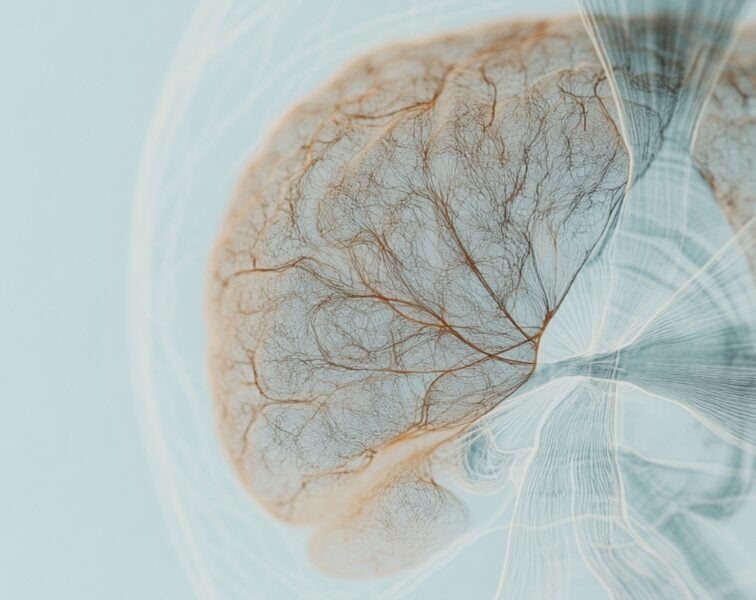This video clip is from episode #185 – Allan Sniderman, M.D.: Cardiovascular disease and why we should change the way we assess risk, originally released on November 29, 2021.

Show Notes
- When Allan gave Peter the book on atherosclerosis he was starting his own journey on trying to construct an alternative to the present risk model in which with the help of my colleague here at McGill, George Thanassoulis, and Michael Pencina from Duke, and Karol Pencina from Harvard we have done
- Published in JAMA Cardiology in 2017, The Benefit Model for Prevention of Cardiovascular Disease: An Opportunity to Harmonize Guidelines
- Peter remembers from pathology class in med school something the professor said, “No doctor has more experience with what it is to have heart attacks than pathologists because 50% of the people who have a heart attack die on their first heart attack.“
- So 50% of people who have a heart attack, their first presentation is death
- It’s a very sobering fact
- He doesn’t think this is true today, but it was 25 years ago
- Maybe now one third of first events are fatal; sobering nonetheless
- The textbook went through, in great detail, the pathological staging of atherosclerosis; it was also littered with autopsy sections of coronary arteries from people who had died for other reasons
- Notably, many of these people who died from other causes, but their coronary arteries were studied in autopsy, these people were quite young
- A 26-year-old male victim of a gunshot wound; or a 27-year-old female who died in a motor vehicle accident, etc.
- Looking at their coronary arteries, one realizes they already have atherosclerosis; they have oxidized apoB-bearing particles engulfed by macrophages and thickened intima
- While they may not have calcification in their arteries yet or the types of plaque that would rupture within the ensuing weeks or days or months, they nevertheless had atherosclerosis
- Now what Peter’s professor said some 20 years earlier made sense
- Notably, many of these people who died from other causes, but their coronary arteries were studied in autopsy, these people were quite young

Allan Sniderman, M.D.
Allan Sniderman obtained his MD from the University of Toronto in 1965 and then moved to Montreal, where he did his clinical training in Internal Medicine and Cardiology at McGill University. In 1971, he went to the University of California at San Diego to study lipoprotein metabolism with Dr. Daniel Steinberg. He returned to McGill and, with the passage of time, became the Edwards Professor of Cardiology and a Professor of Medicine at McGill University.
With colleagues within and outside McGill, he began and has continued a series of studies, which identified the commonest dyslipoproteinemia associated with coronary artery disease- hyperTg hyperapoB. Study of the pathophysiology of hyperTg hyperapB led to studies of the regulation of hepatic apoB secretion and the uptake and release of fatty acids by adipose tissue. He has conducted an extensive series of epidemiological studies, which have demonstrated apoB to be superior to LDL-cholesterol as a marker of the risk of vascular disease. His current research interests are: to understand the regulation of plasma LDL, to create simplified but advanced diagnostic algorithms to recognize and treat those with and those at high risk of vascular disease, and to develop new models to determine the absolute value of different strategies to identify and treat those at risk of vascular disease.
Dr. Sniderman, father of five, grandfather of four, is a committed, but not very skilful, golfer. His most joyful moments have come from learning with his students and colleagues.
Allan D. Sniderman, MD, is the Edwards Professor of Cardiology and Professor of Medicine at McGill University. He is Director of the Mike Rosenbloom Laboratory for Cardiovascular Research at Royal Victoria Hospital in Montreal and was elected a Fellow of the Royal Society of Canada in 2009. [McGill University Health Centre]



